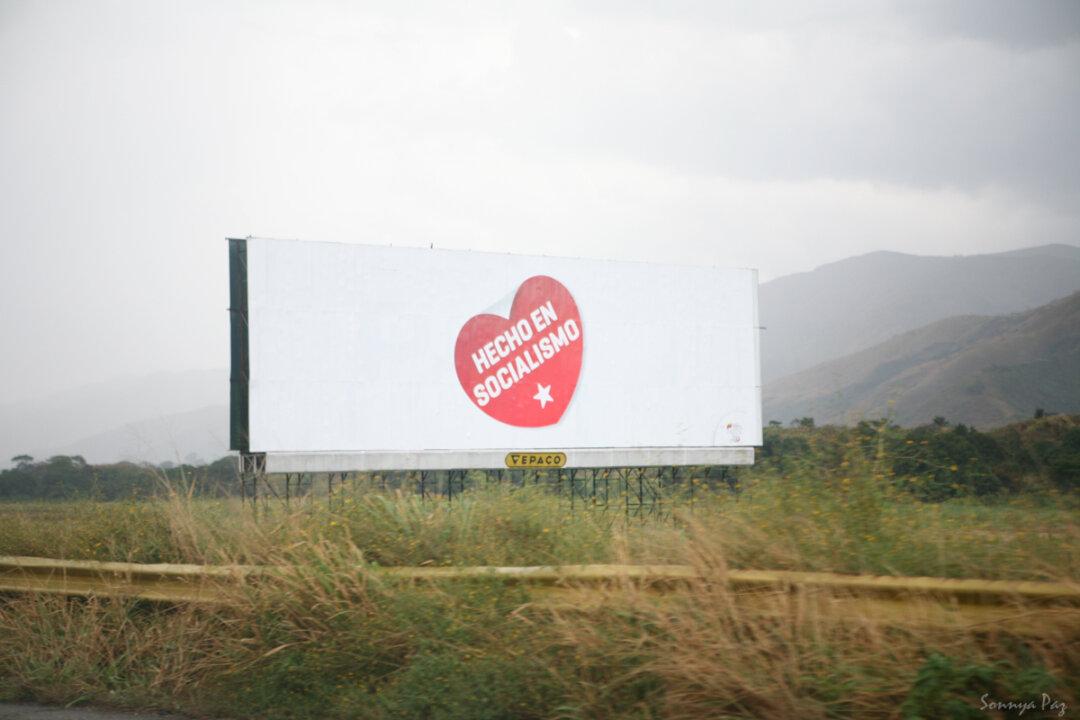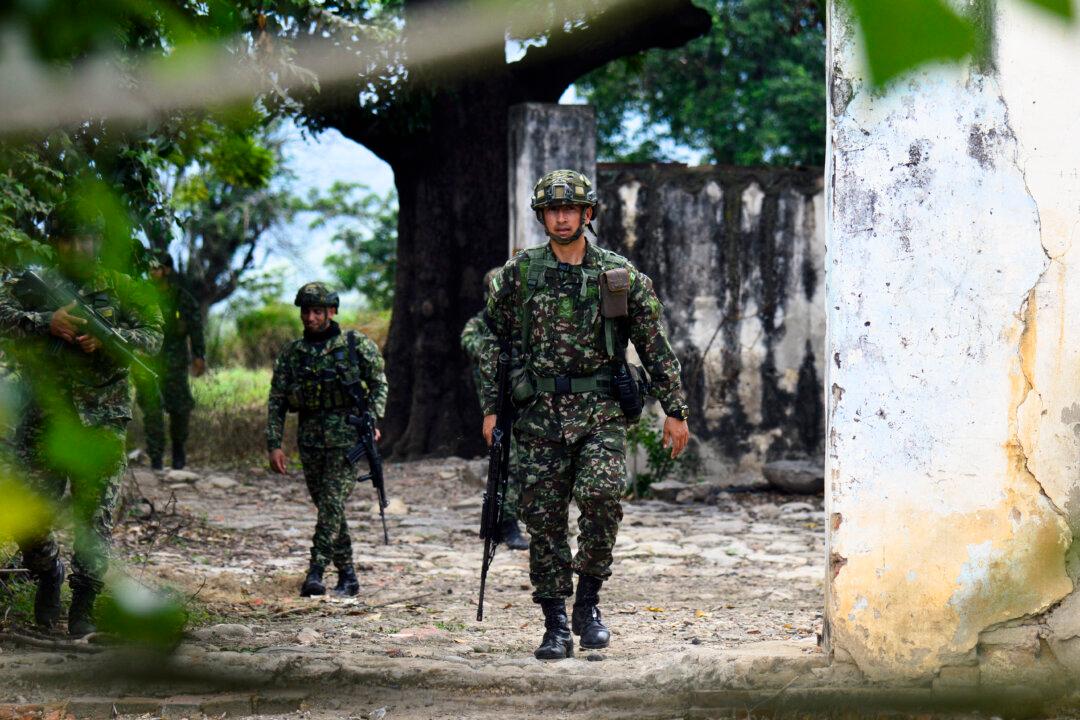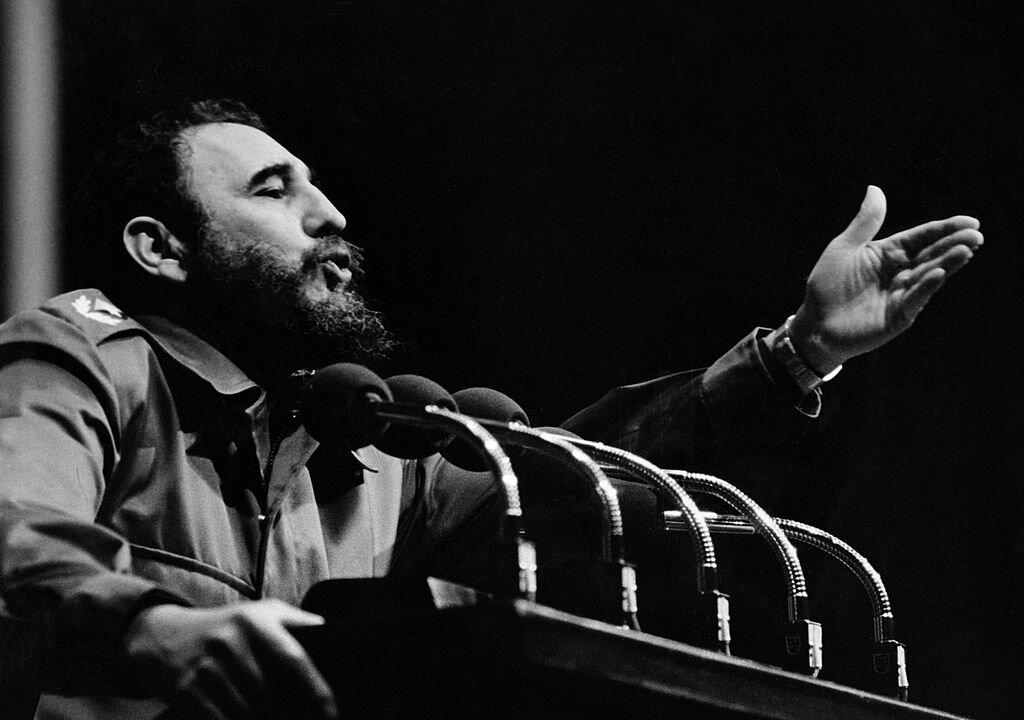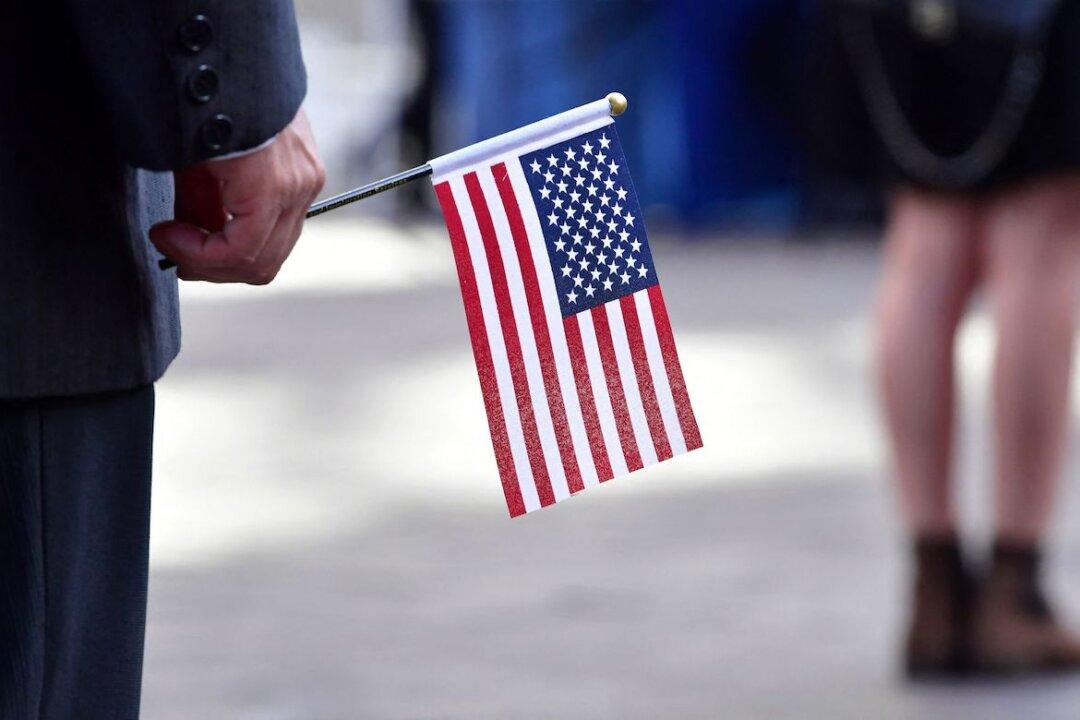The undeniable crisis in Venezuela and the largest mass exodus in Latin-American history has led socialists to contend that the Chavistas have not introduced real socialism. All problems in what was supposed to be revolutionary socialist paradise are the fault of an “economic war” from the evil American empire.
Given the cultish allegiance to socialism around the world, this obfuscation has garnered plenty of traction. Unfortunately, that includes prominent members of the Venezuelan opposition, who appear incapable of seeing what is before their eyes. For example, the Popular Will political party of Leopoldo López—a political prisoner and perhaps the most recognized opposition leader—is a full member of Socialist International.





